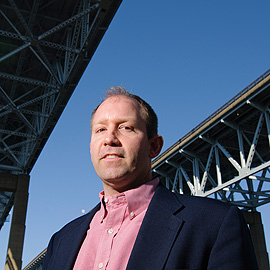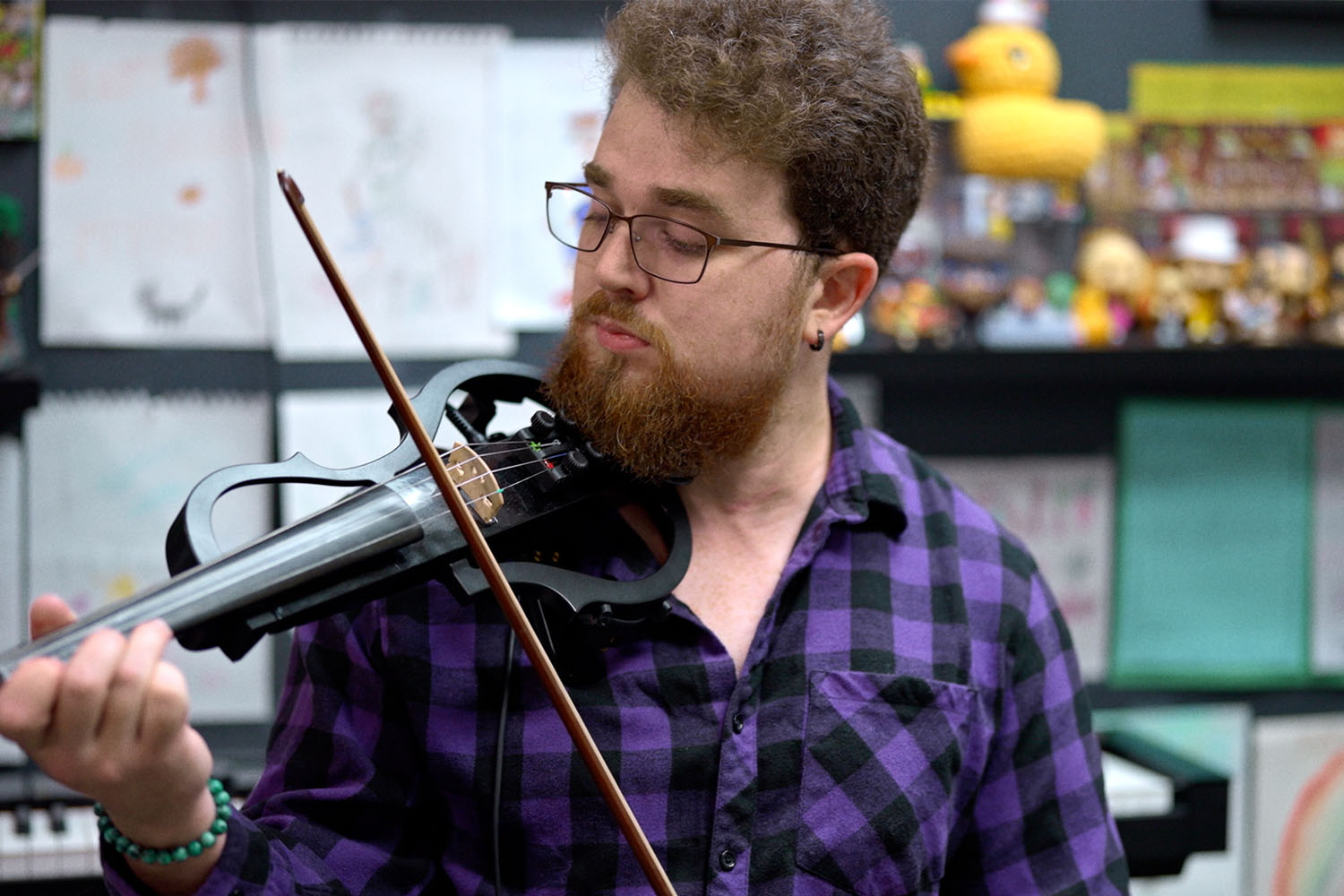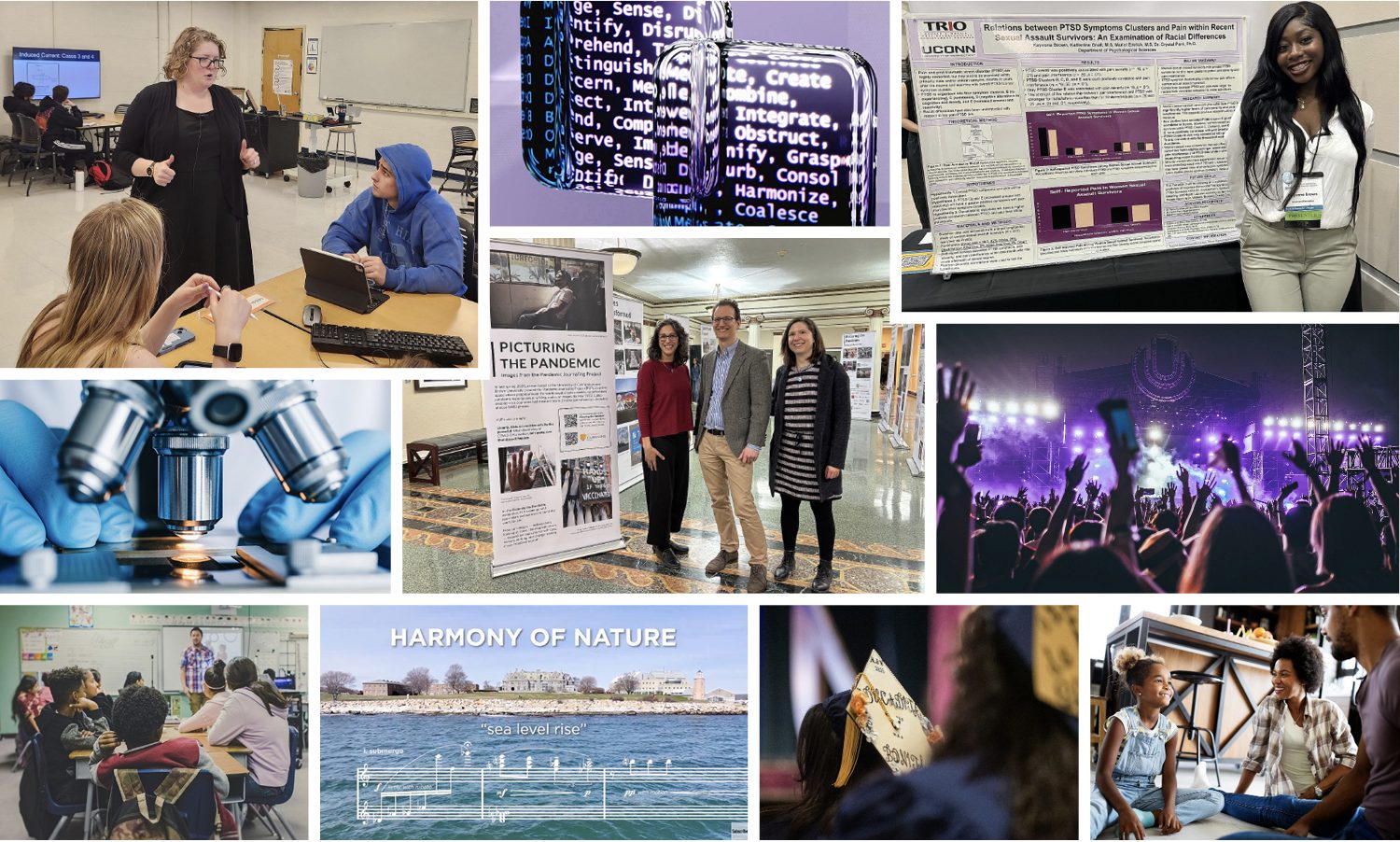“I was very surprised to see how the region had been changed by the tsunami. I watched television reports and saw pictures prior to going to Thailand but I didn’t realize how powerful the tsunami actually was until I saw the destroyed buildings and the boat that had been carried so far inland. Even after so much time had passed, it seemed like the first two beaches we visited would need a lot more time to return to normal since all the buildings were destroyed and nothing was being rebuilt.”
– Ken-Taro Plude [B.S. ’07]
During the summer months in 2006, undergraduate researchers Mike Gemmell and Ken-Taro Plude, graduate student Brent Bass, and assistant professor Richard Christenson, all from the Department of Civil & Environmental Engineering, spent six weeks in Thailand and Japan learning valuable lessons about how structures respond to seismic events, including tsunamis. The team returned to the U.S. with not only an advanced understanding of structural dynamics but also awe for the devastating power of the 2004 Asian tsunami, which killed over 185,000 people.
The group was in Asia as part of a 10-week National Science Foundation (NSF) funded International Research Experiences for Students (IRES) project to conduct research in the area of “innovative means to reduce structural damage due to natural hazards.” A central focus was on smart civil structures – structures that can sense and react to their environment – for hazard mitigation, and application of a cyber-infrastructure from the recently developed NSF-sponsored U.S. Network for Earthquake Engineering Simulation (NEES) to facilitate these international research efforts. A climax of the tour, which took the team to Japan and Thailand, was the group’s visit to regions of Thailand that had been hard-hit by the tsunami.
In Khaolak, Phang-Nga, located on the west coast, the team assisted Thai researchers with building and land surveys. The building surveys entailed taking measurements of the ratio of openings (windows, doors) to wall area in structures along the beach communities that had been affected by the tsunami, while the land surveys consisted of taking elevation measurements from higher ground inland of the beach down to the beach and into the Indian Ocean to determine the cross-section of the shoreline. The building data and cross sectional data will be used to make a 1/100 scale model of the area that will be tested in a wave machine at the Asian Institute of Technology in Pathumthani.
Much of the region remained in a state of ruin, with evidence of the tsunami widespread. The team saw a large police boat that had been transported nearly a mile from the shore to a new resting spot on dry land, and numerous areas of downed palm trees, damaged buildings, and one formerly pristine beach that is now littered with a layer of dead coral several feet deep. The team conducted similar surveys in the resort areas of Kamala Beach and Patong Beach, in the Phuket region.
“The Kamala Beach area is now lined with dead coral and sparsely populated,” said graduate student Brent Bass, “but we saw how that area must have been a thriving resort area based on the ruins of resorts and buildings along that stretch of beach.”

Dr. Christenson agreed, “Seeing the tsunami damage first hand gives you an appreciation for the futility of trying to resist these enormous forces directly (the waves sheared masonry in filled walls – shearing the bricks directly) and why tsunami-based designs are recommending ‘flow-through’ first stories.”
He noted that two particular lessons emerged from the tsunami: the need to develop a working tsunami warning system; and the importance of designing structures with increased door and window openings to accommodate the large wave forces.
According to Dr. Christenson, Thai officials constructed new evacuation shelters, developed an in-depth planning hazard map, and implemented a complex warning system. The warning system consists of data collection buoys in the Indian Ocean and seismic observation centers on land. The coastal regions have newly-constructed warning towers that are located in populated areas of the western coast; they are equipped with sirens to alert the people of the areas and are satellite-controlled by the National Disaster Warning Center (NDWC) in Bangkok. If the center determines that an earthquake threatens certain regions of Thailand, they will trigger the towers in those areas. Warning messages are simultaneously sent via mass media and governmental communication systems.
Dr. Christenson said, “I think it is important to recognize the benefit of international collaboration in hazard mitigation research. Research activities and facilities in the U.S., such as the state-of-the-art NEES facilities used by UConn researchers, can benefit efforts in countries like Thailand.”



